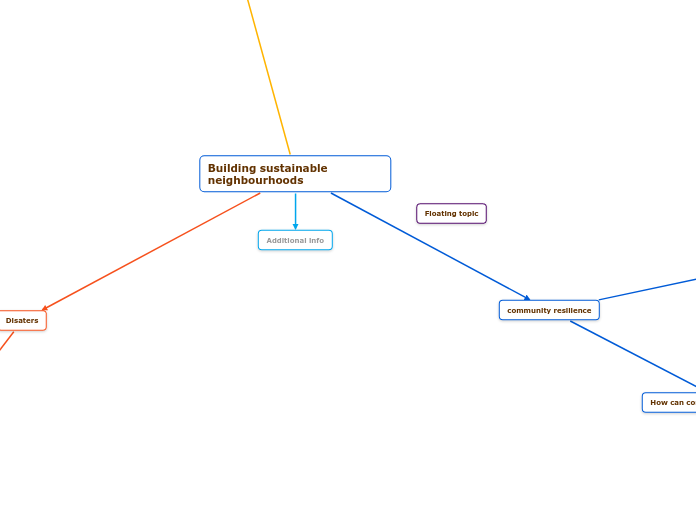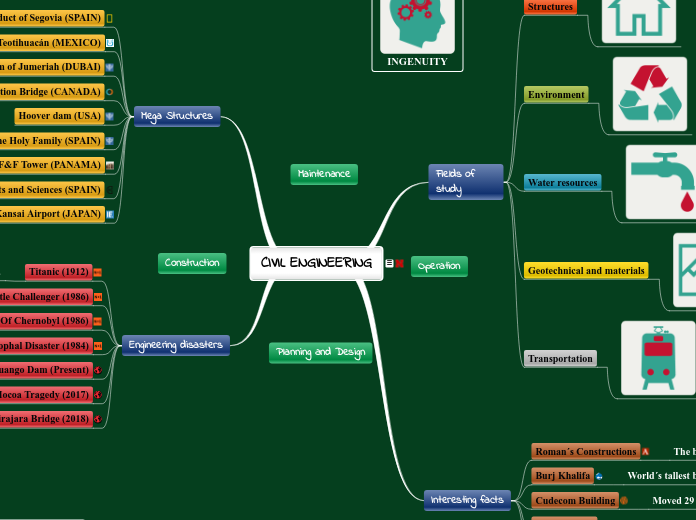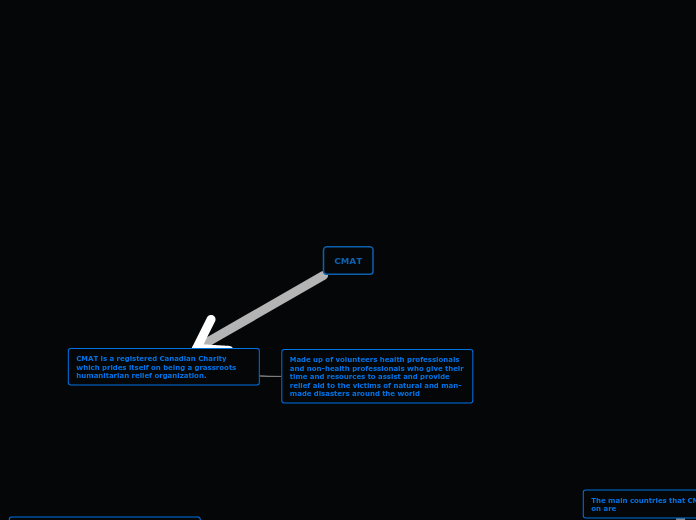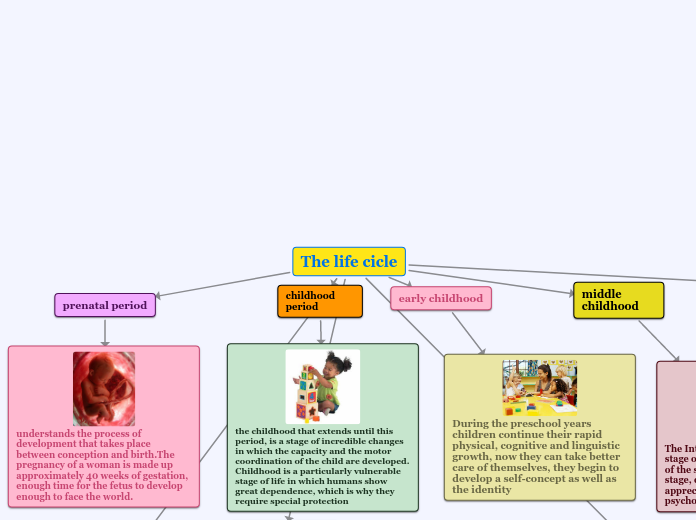Floating topic
Building sustainable neighbourhoods
The World's Oceans
- 71% of the Earth's surface is covered by water
- The oceans contain 97% of the earth's water
- All oceans and seas are actually one continuous body of water
- Oceanographers are scientist who study the ocean and its processes.
Additional info
environmental stewardship
The Pacific Ocean is the largest and deepest of Earth's oceanic divisions. It extends from the Arctic Ocean in the North to the Southern Ocean in the South and is bounded by the continents of Asia and Australia in the West and the Americas in the East.
how can it be achieved
it can be achieved to volunterrism among the residents
it can be achieved when public and private stakeholders work together to
what is environmental stewardship
protect the environment
care for it
use the enviroment responsibily
what should be the actions for environmental strwarsship
repair damages and reverse the negative impacts caused to the enviroment
conserving natural resources
preserve the exisiting natural enviroment
Disaters
The Indian Ocean is the third-largest of the world's oceanic divisions, covering 70,560,000 km² or 19.8% of the water on Earth's surface. It is bounded by Asia to the north, Africa to the west and Australia to the east.
Disaster risk amanagement
Singapore disaster risk management aims to
improving an residents prepardness to emergencies linked to natural and technological advancements
It aims to reduce
The vulneratability of a neighbourhood to a disaster
an neighbourhoods exporsure to hazards
what it means
The plans in mind to prevent new risks from happening redcuing the ricsks and managing the risks
disasters risk
what determines the disaters
the exposure
The situation and of people and belongings locked in the hazard prone areas
Nature of hazard
the characterics of the hazard
the vulnerability
the impacts of hazards on properties and hazards
what is it
it is the likelihood of damage caused to the properties, injuries and loss of life
community resilience
The Arctic Ocean is the smallest and shallowest of the world's five major oceans.
How can community resilience be built
developing a communties ability to adapt, recover and resist a disater
it requires local residents to be involved in the planning to better understand risks
it can built by strenghtening relationships among residents and raising awareness abt potentioal hazards
there must be widespread awareness and long term participation for it to ork
what is community resilience
Search and add the main characteristics, such as position, maximum depth, flora and fauna of this sea.
and adapt to the impacts ofa disaster
recover
The ability of a community to resist









